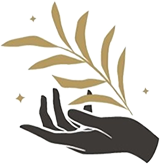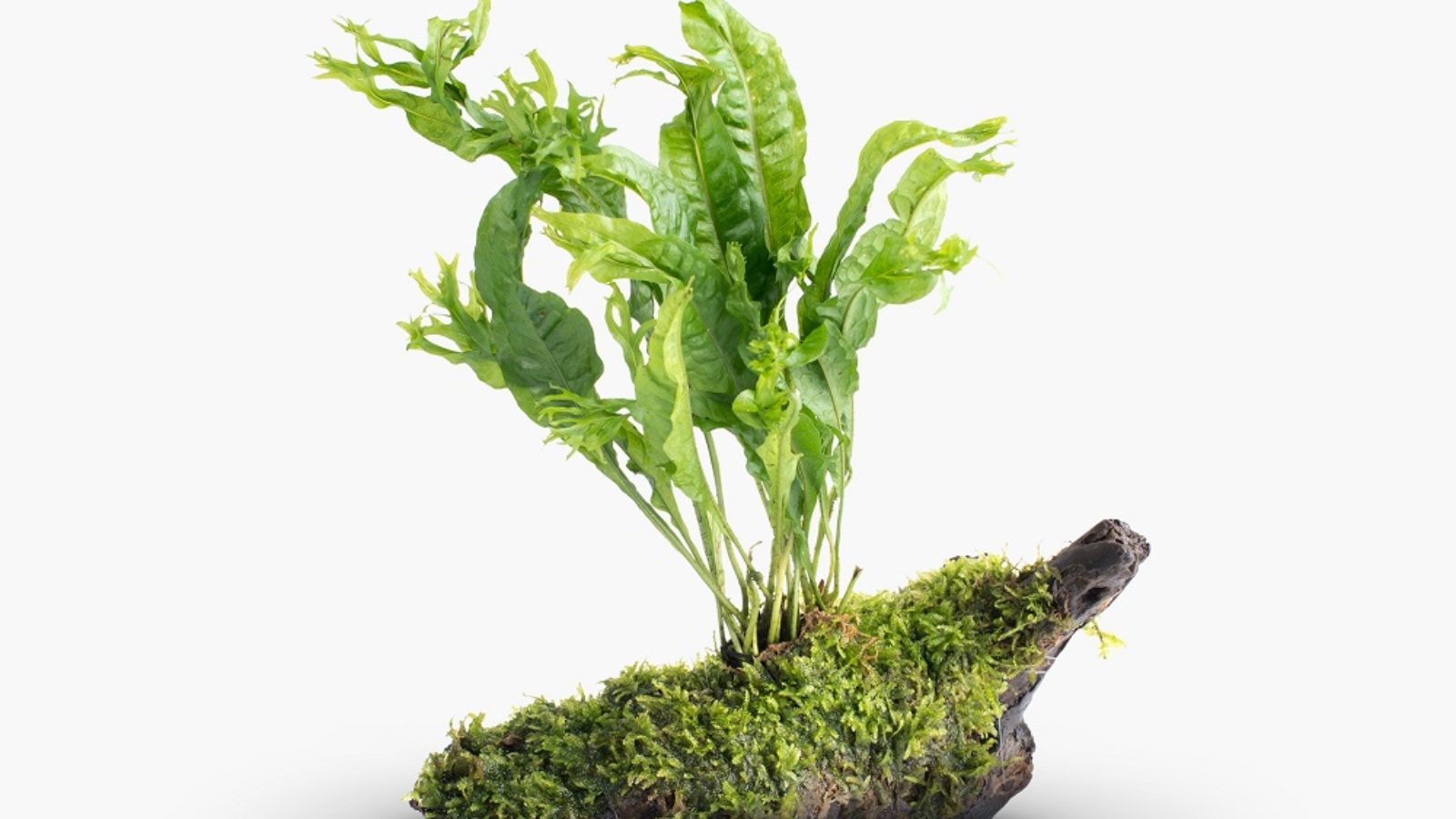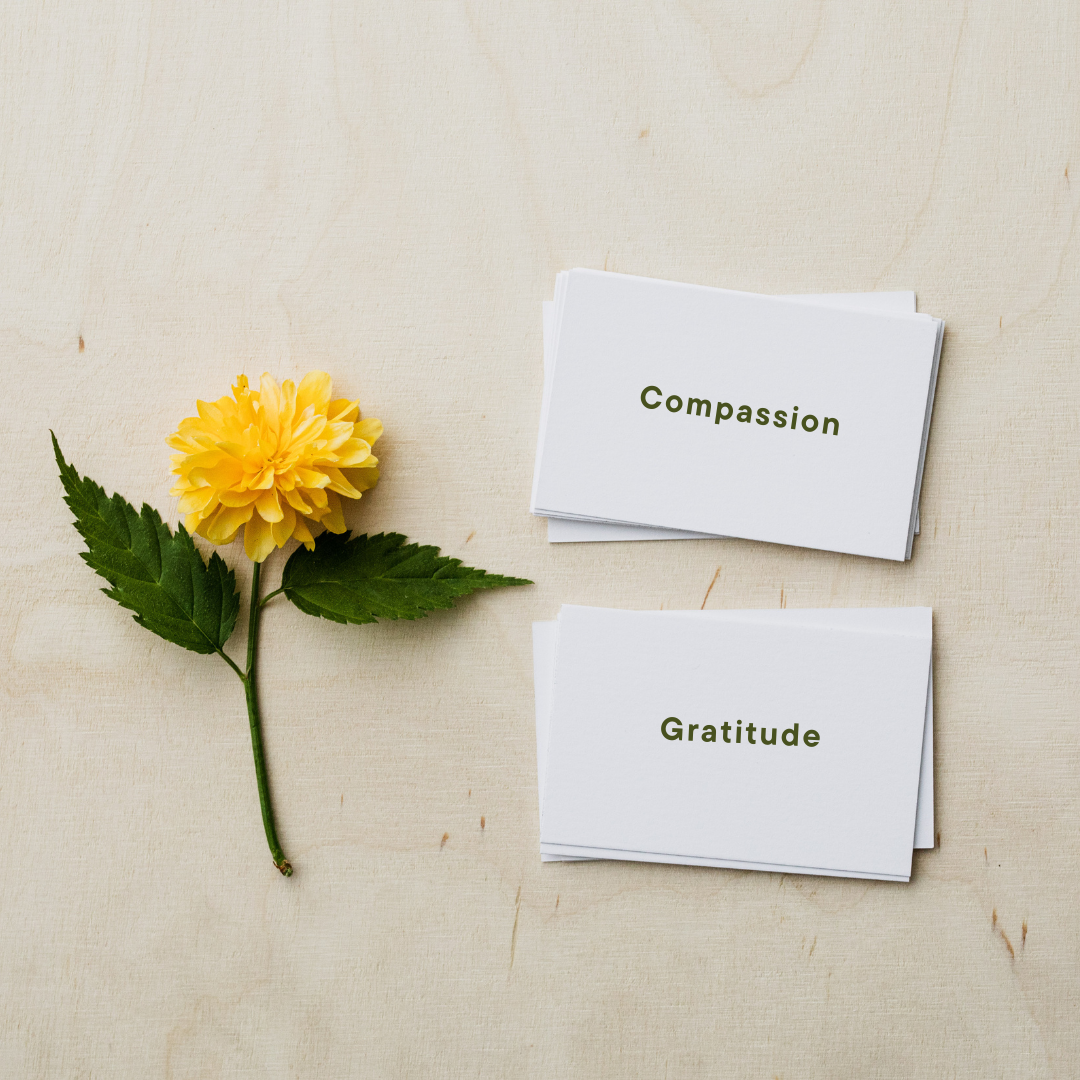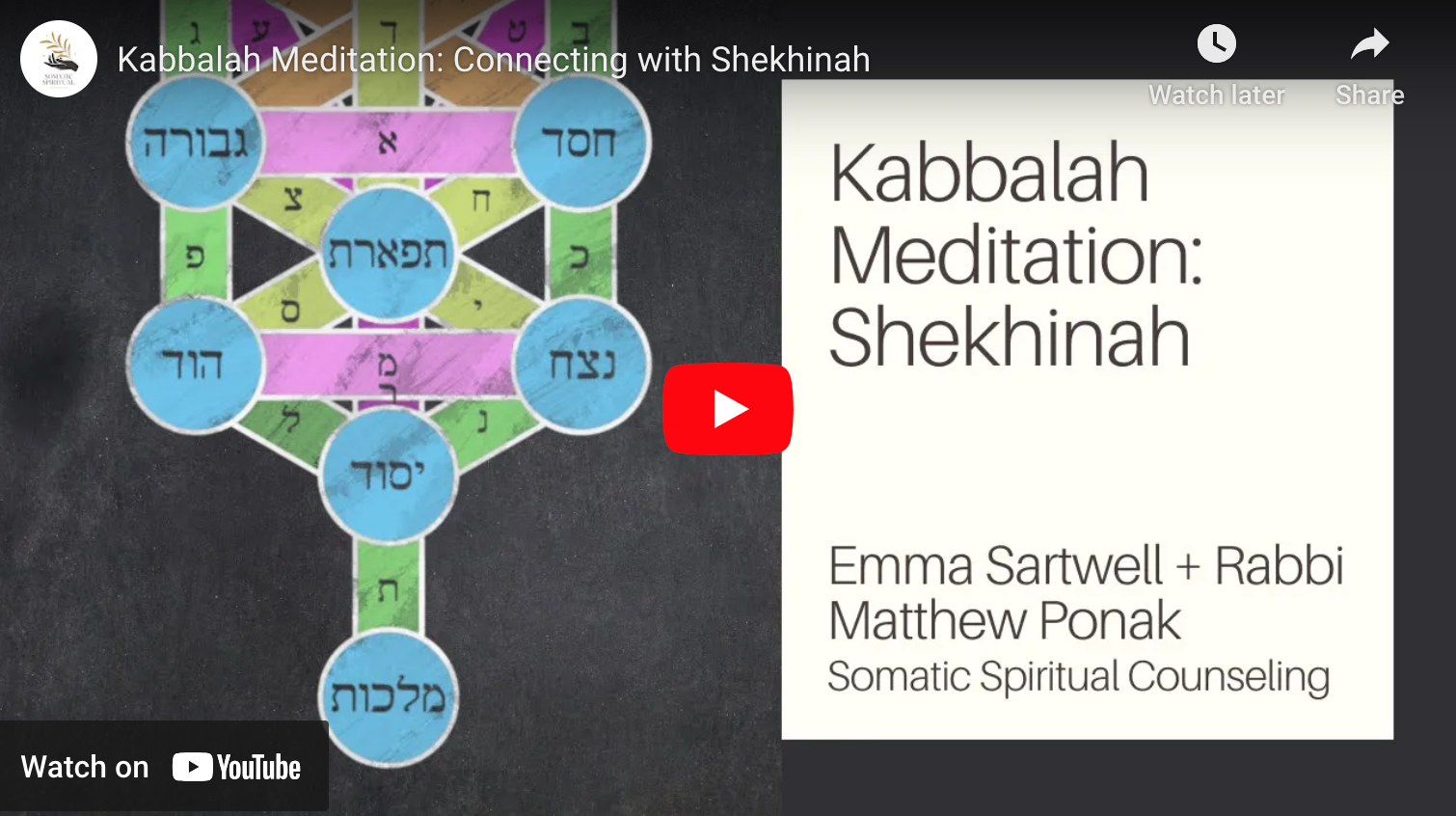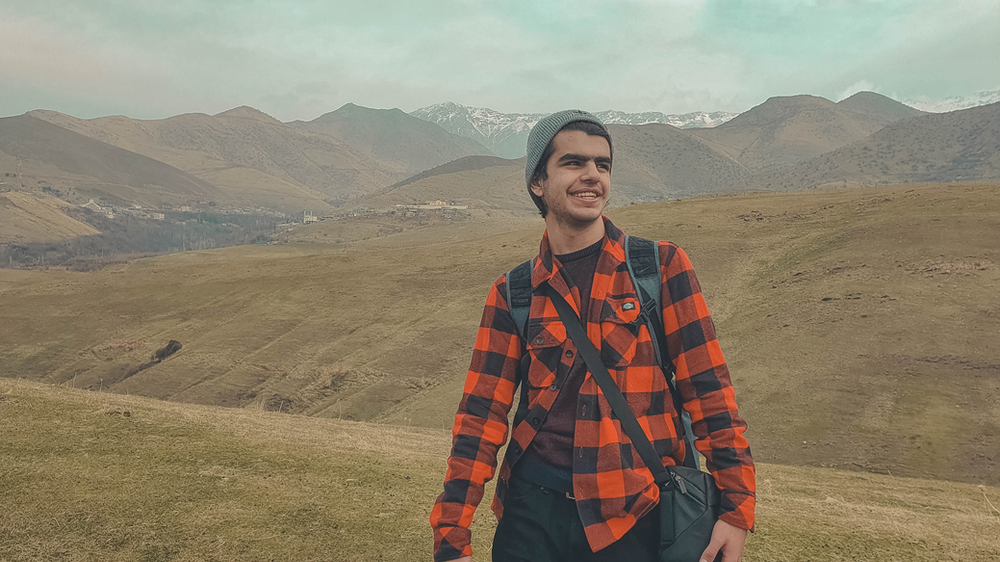Mushrooms, ayahuasca, marijuana, ibogaine, san pedro, cacao, and other psychedelics are now gaining enormous popularity all over the world as agents of healing. The plants used to create these powerful experiences are almost all cultural sacraments in their native lands, harnessed for millennia by indigenous peoples for the purpose of healing, divination, and attaining spiritual power.
There are dangers in working with psychedelics. Take ayahuasca for example: not all ayahuasca curanderos necessarily have good intentions—most Western travelers who venture to the Amazon jungle to experience this medicine have at least some familiarity with the notion of brujeria, the Spanish name given for the sorcery that malicious individuals use to wound or even kill their opponents, gaining power for themselves.
A lesser-known danger is one that is very particular to Westerners. Many seekers partake with the intention of healing deep emotional woundings and even physical conditions. Yet without proper integration, these medicines can leave folks just as troubled, and sometimes even more so, then before. Even good experiences, if not properly integrated, can become simply a memory instead of a lived way of being.
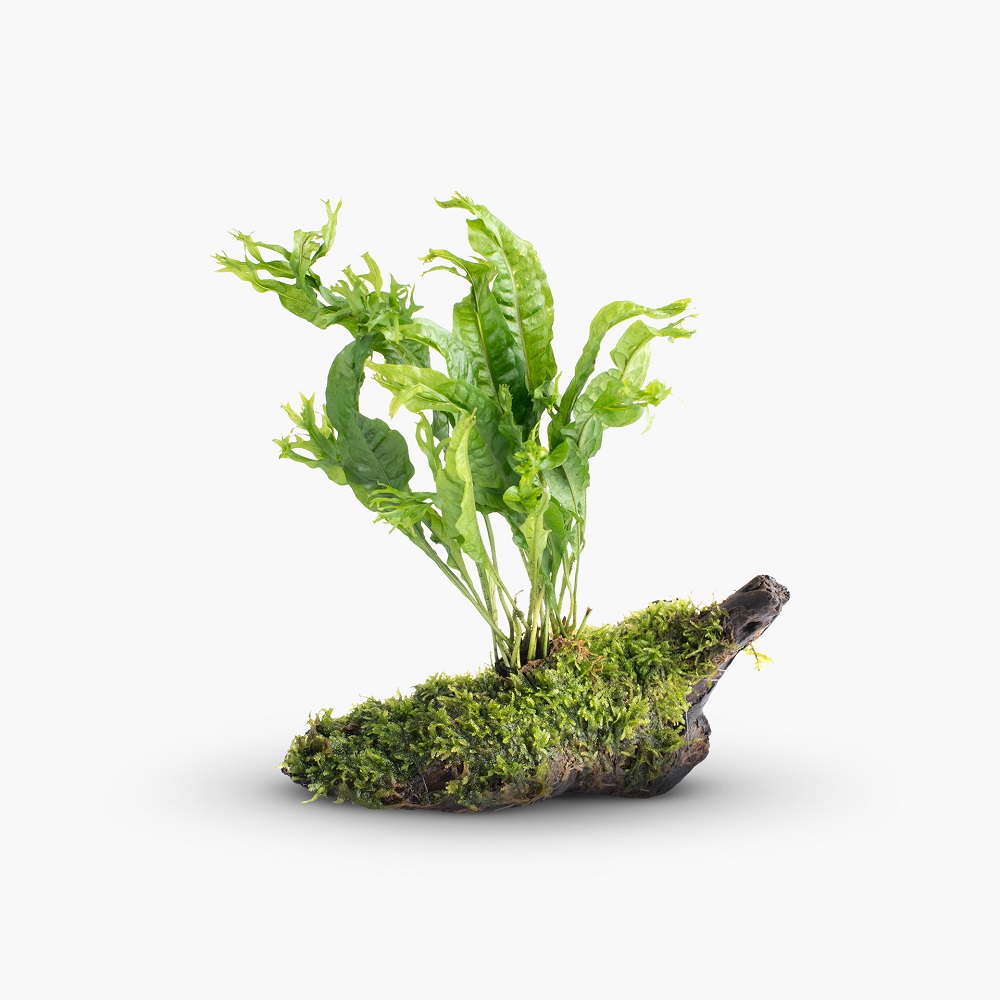
The Way We See Ourselves: Western Culture + Psychedelic Experience
Psychedelic and entheogenic plants have traditionally been used within the context of cultures that are very apart from the current Western materialistic paradigm. Indigenous peoples, while richly varied in culture and belief systems, tend to share the overarching belief in an animate world—one where the spirits of rivers, rocks, trees, plants, and animals inform their day-to-day life. Western mechanistic culture, which now prevails on much of the globe, does not teach us how to listen to or communicate directly with the natural world around us. It is highly individuating and isolating. We value our own needs as primary and have a fragmented sense of community, thus losing out on a deeper level of bonding with our kin.
Many of the mental illnesses we have in the West, and the underlying emotional patterns that cause them, are not seen in indigenous societies. The time I have spent in Central and South America immersed in rural indigenous populations has shown me just how different these cultures’ struggles are. While there are sources of malcontent to be sure, the toxic shame, guilt, and isolation that we struggle with in the Western world are simply not among them.
The implications of this paradigm shift are vast when it comes to psychedelics. Imagine trying to help heal a Western person from depression, PTSD, or anxiety without having the same cultural conception of shame or guilt. It is nearly impossible to get to the core wound because it is, quite literally, from a different world than the one a native healer inhabits. As I have personally encountered on two different occasions with indigenous healers from Peru and Bolivia, what appeared to them as “bad energy” that they simply cleared from my system and expected to have permanently resolved, resurfaced weeks later for me as the same crippling chronic pain that, due to being rooted in complex childhood shame, has in fact taken many difficult years to move through.
Psychedelics Can Heal + Harm
The nature of these plant medicines allows them to dive deep into a person’s psyche and pull wounds to the surface to be witnessed and healed. However, what often ends up happening is that things are left unfinished, and people walk away from the experience having had a positive or negative cathartic release, but lacking the tools or framework to integrate it properly. It’s like the equivalent of popping a cyst and watching the puss ooze out from it, then not taking care of it and letting it get infected afterwards.
Many of our earliest childhood experiences happen before we are able to use our mind to cognitively process, rationalize, and discern. When we are little, we simply absorb the environment we are immersed in without any awareness of what is healthy and what is dysfunctional. Patterns are imprinted somatically, and while we cannot explicitly remember the earliest years of our life, our bodies form implicit memories of what we experienced—deep feelings of safety and comfort, as well as neglect and abuse, are stored in this way.
Trauma survivors often do not have access to explicit memories of the things that have happened to them, either because they were too young or because it was too painful, or both. Yet the body remembers. Often, during psychedelic experiences, our implicit body memories of past traumas rise to the surface as part of a healing process to resolve the traumatic imprint that is still lingering in our nervous systems.
When this happens, as it very frequently does when working with such evocative medicines, the surfaced experiences can quickly become overwhelming. When we are flooded with too much to process at one time, we lose touch with the present moment and are not able to fully metabolize what has come to the light.
A Personal Truth: Implicit Memory + Integration
Years ago, I had such an experience while drinking ayahuasca in the Amazon jungle. I was flooded with feelings that were so overpowering, I had no idea what was going on—I didn’t know who I was, what I was, or where I was. I felt better at the end of this experience because I thought it was over, not because I had any clarity or insight about what had happened.
A few months later, when I returned home, I began having nightly panic attacks which lasted for the better part of 18 months. When they first started happening to me, I didn’t even know what a panic attack was, and had absolutely no way of communicating my experience of sheer terror and overwhelm. Over the better part of a year, I slowly recovered implicit memories of early childhood abuse, and was then able to make the connection between what I had felt during the ayahuasca ceremony, and what I was remembering of my experiences now.
Even so, the shadowy memories and intense body sensations were overpowering, and the intellectual awareness I had gained of what was going on didn’t seem to make things any better. It was only when I started working with the spirits of plants and sought out somatic-based integration therapy that I was able to finally start recovering a felt sense of well-being and ease in my body and mind.
I realize that my experience is not an uncommon one. Of the many people who have worked with ayahuasca (as well as other psychedelics) who I personally have met and worked with, it seems the vast majority have unresolved wounds from those experiences due to a lack of integration work. While my personal story is on the more extreme end of the spectrum, it is a testament to how deeply psychedelics enter into our bodies and minds, and how they can impact us. These wounds people carry are from both childhood and adult experiences of boundary violations, abuse, and all kinds of trauma, including medical trauma and motor-vehicle accidents.
The Healing Happens after the Psychedelic Journey
The surfacing of implicit or explicit traumatic memories while on psychedelics can easily spin us out into a whirlpool, where we are stuck cycling feelings that initially felt cathartic, yet are still lingering unresolved in our body and mind. Sometimes, we don’t even necessarily know the full extent of the content we are carrying, only that something hasn’t quite settled.
Working with psychedelics usually brings with it a greater sense of awareness, connection to the natural world, clarity, direction, and purpose. A good indication of whether or not an experience has been integrated is if we are actually embodying the teachings gained during psychedelic experiences in our every day life. Embodiment is effortless—meaning that there is no striving to apply the lessons we learned, but simply a change on the fundamental level of our being, in our nervous systems and energy fields, without having to talk about our insights or remind ourselves of them all the time.
Having good intentions is simply not enough to guard against the difficulties that psychedelics open a person up to. The cathartic experiences we have, regardless of if they are positive or negative, and the implicit and explicit memories that surface, need to be held with care and tended to full resolution and integration.
Bridge Between Worlds: Psychology + Spirituality
In order to best use these potent medicines to their fullest potential in our modern world, we need to embrace a culture around psychedelics that includes integration work as an integral part of the healing process. Although it has it dangers, working with psychedelics can be one of the most rewarding, meaningful, and life-affirming aspects of a person’s life. This work acts as a bridge between worlds: our modern world of human psychology and the ancient world of spirits. Both are valid, and both must be tended to for sustainable growth to take root.
If you have worked with either natural or synthetic psychedelics and are looking for a safe space to unpack your experiences and to solidify your connection to the levels of consciousness you were in touch with, please reach out. I would be honored to walk this road with you.
Learn more about our approach to psychedelic integration.
————————————————————————————————————
